Undercut Hairstyles for Short Hair: A Comprehensive Guide
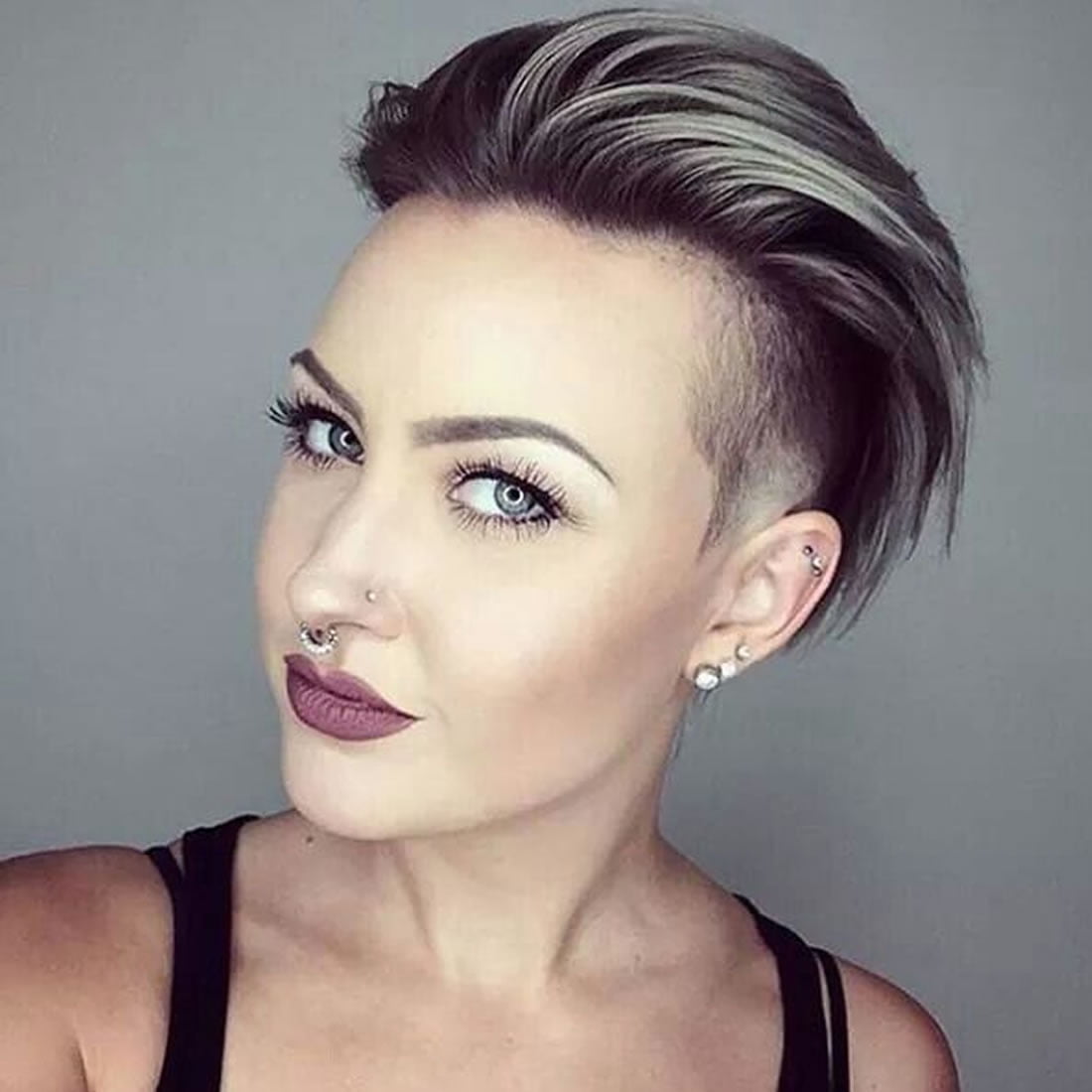
The landscape of contemporary hair fashion continually evolves, yet certain styles endure, adapting to modern sensibilities while retaining their foundational appeal. Among these, the undercut stands out as a particularly versatile and impactful choice, especially when integrated with shorter hair lengths. This distinctive hair modification, characterized by a sharp contrast between closely clipped or shaved sections and longer hair on top, offers a unique blend of boldness, sophistication, and practicality. This article aims to provide a comprehensive exploration of the undercut’s application to short hair, detailing its various forms, benefits, styling considerations, and overall significance in personal expression.
Defining the Undercut
At its core, an undercut involves the removal of hair from a specific area, typically the back or sides of the head, leaving the hair on top or in adjacent sections significantly longer. This technique creates a striking visual dichotomy, emphasizing the longer portions and providing a clean, often edgy, foundation. Historically, variations of this style have appeared in different cultural contexts, from early 20th-century fashion to the punk rock movement, before experiencing a significant resurgence in recent decades. Its modern interpretation is far more refined, offering a spectrum of looks from subtly understated to overtly dramatic. When applied to short hair, this technique transforms conventional cuts, adding an element of surprise, structure, and personalized flair that might otherwise be absent.
The Distinctive Appeal for Shorter Lengths
Integrating an undercut with short hair amplifies several inherent advantages of both elements. Short hair is often chosen for its ease of maintenance and sharp aesthetic, and the addition of a shaved or closely clipped section enhances these qualities while introducing new dimensions.
Firstly, the style significantly boosts versatility. A seemingly simple short bob or pixie cut can be entirely transformed by a hidden nape undercut, revealing an intricate pattern or a clean shave only when the hair is tied up. For more visible applications, a side undercut introduces an asymmetric dynamic, creating a powerful statement that can be softened or accentuated through styling. This adaptability means the same cut can transition seamlessly from a professional environment to a casual or avant-garde setting.
Secondly, maintenance and manageability are often improved. For individuals with thick or heavy hair, removing bulk from the underlayers can reduce styling time and product usage, making the top section lighter and easier to shape. This can also alleviate issues like excessive heat or discomfort in warmer climates, providing a practical cooling effect.
Thirdly, the customization potential is virtually limitless. The depth of the shave, the extent of the clipped area, and the incorporation of intricate patterns or lines allow for profound personalization. This turns the scalp into a canvas, enabling individuals to express their unique identity and artistic preferences directly through their coiffure.
Finally, the style offers a powerful means of self-expression. It allows for a subtle rebellion against conventional norms or a bold declaration of individuality. The contrast between the longer top and the shaved underside symbolizes a blend of conformity and non-conformity, making it a compelling choice for those seeking to make a statement without sacrificing elegance or professionalism.
Variations of the Undercut for Short Hair
The beauty of this hair modification lies in its diverse applications, each offering a distinct aesthetic and level of visibility:
- Nape Undercut: This is perhaps the most discreet variation. The hair at the nape of the neck is shaved or closely clipped, often extending upwards a few inches. When the top layers of short hair are down, the undercut is completely hidden, making it an ideal choice for those who desire a professional appearance during the day but wish to reveal an edgy detail when the hair is tied up. Patterns can be intricately carved into this section for added flair.
- Side Undercut: As the name suggests, this involves shaving or clipping one side of the head, leaving the other side and the top longer. This creates a striking asymmetrical look, adding an immediate sense of boldness and modernity. It can range from a subtle shave just above the ear to a more dramatic cut extending further up the side.
- Disconnected Undercut: This style is characterized by a distinct, sharp line separating the closely clipped or shaved sides and back from the much longer hair on top. There is no gradual fade; instead, a clear demarcation emphasizes the contrast. For short hair, this can mean a sharp division between a very short pixie or bob and the shaved areas, creating a strong, architectural silhouette.
- Faded Undercut: In contrast to the disconnected style, a faded undercut involves a gradual transition from very short hair at the bottom (often skin-fade) to slightly longer hair as it approaches the top section. This offers a softer, more blended interpretation of the undercut, maintaining the contrast but with a less abrupt visual break.
- Patterned Undercut: This takes the concept of personalization to the next level. After the initial shave, intricate designs, geometric shapes, lines, or even freehand artwork are carved into the clipped area using precision clippers. This transforms the undercut into a dynamic, artistic statement, often seen in nape or side variations.
- Hidden Undercut: While similar to the nape undercut in its ability to be concealed, a hidden undercut can be placed anywhere beneath the top layers of hair. This could be a section under a fringe, behind the ear, or along the crown, offering a secret detail that is only revealed with specific styling or movement.
Styling and Maintenance Considerations
Maintaining the sharp aesthetic of an undercut requires attention and regular upkeep. The closely clipped sections grow out relatively quickly, necessitating frequent trims to preserve the clean lines and desired length. Depending on the growth rate and the desired crispness, touch-ups might be required every two to four weeks.
Styling the longer top sections of short hair can be enhanced by the presence of the undercut. Products such as pomades, waxes, or gels can be used to add texture, hold, and definition, allowing for various looks from sleek and polished to voluminous and edgy. The contrast created by the shaved section naturally draws attention to the styled top, making it a focal point.
For individuals considering growing out an undercut, patience and strategic styling are key. The process involves allowing the shaved hair to grow to a length that can be blended with the longer sections. This “grow-out” phase can be managed by gradually fading the edges, using accessories like headbands, or experimenting with different partings to minimize awkward stages. A skilled stylist can offer guidance and incremental cuts to facilitate a smooth transition.
Benefits of the Undercut for Shorter Hair
The integration of an undercut into short hair offers a multitude of practical and aesthetic advantages:
- Reduced Bulk and Weight: Ideal for individuals with thick, dense hair, this style effectively thins out the underlayers, making the overall coiffure feel lighter and more manageable.
- Enhanced Definition and Structure: The clean lines of the shaved section provide a strong foundation, giving the entire hairstyle a more defined and architectural quality.
- Cooling and Comfort: By removing hair from the nape or sides, the style can provide significant relief in warm weather or during physical activity, promoting better air circulation.
- A Unique Statement Piece: It serves as a powerful form of personal expression, allowing for a distinctive look that stands out from conventional short styles.
- Professional Versatility: Despite its edgy reputation, a well-executed undercut can be styled to appear entirely professional, especially when the shaved section is hidden or subtly integrated.
- Low-Maintenance Styling: Once the cut is established, daily styling of the top layers can be relatively quick, as the undercut itself requires minimal daily attention beyond keeping it clean.
Considerations Before Adopting the Style
Before committing to an undercut, several factors warrant consideration. Hair type generally does not preclude the style, as it works well with straight, wavy, curly, and coily textures, though the final aesthetic will vary. Face shape can also influence the optimal placement and extent of the undercut; a skilled stylist can advise on how to best complement individual features. Lifestyle and professional environment are crucial considerations, as the visibility and boldness of the undercut should align with daily activities and workplace expectations. Finally, the commitment to regular maintenance for preserving the sharp lines is a practical aspect that should not be overlooked.
FAQs by Undercut Hairstyles for Short Hair
Q: Is an undercut suitable for all hair types?
A: An undercut is generally suitable for most hair types, including straight, wavy, curly, and coily textures. The success of the style often depends more on the skill of the stylist in adapting the technique to the specific hair characteristics and growth patterns. For very fine hair, the contrast might be less dramatic, but the structural benefits remain.
Q: How frequently does an undercut require maintenance?
A: The frequency of maintenance for an undercut typically depends on the desired sharpness of the lines and the individual’s hair growth rate. To maintain a crisp, clean appearance, touch-ups of the shaved or clipped section are usually recommended every two to four weeks. Longer intervals will result in a softer, less defined look as the hair grows out.
Q: Can an undercut be styled to appear more subtle?
A: Yes, an undercut can be styled to appear more subtle. Variations such as the nape undercut or a hidden undercut are designed to be concealed by the longer top layers of hair. Even a side undercut can be partially covered by adjusting the parting or styling the longer hair to sweep over the shaved area, offering versatility in its visibility.
Q: What is the process for growing out an undercut?
A: Growing out an undercut requires patience. The process involves allowing the shaved hair to grow out to a length that can be blended with the surrounding longer hair. During this phase, regular trims can help to gradually soften the edges and blend the growing hair. Styling techniques, such as using headbands, clips, or different partings, can also assist in managing the “awkward” stages. Consulting with a stylist for strategic cuts during this period is highly recommended.
Q: Does an undercut damage the hair?
A: An undercut itself does not inherently damage the hair. The process involves cutting or shaving existing hair, which does not harm the hair follicles or inhibit future growth. As with any hairstyle, proper care of the remaining hair, including gentle washing, conditioning, and avoiding excessive heat styling, contributes to overall hair health.
Tips by Undercut Hairstyles for Short Hair
- Consult a Skilled Stylist: Always seek a professional stylist experienced in precision cutting and creative hair modifications. A thorough consultation ensures the desired outcome aligns with hair type, face shape, and lifestyle.
- Consider Visibility Levels: Determine the preferred level of visibility for the shaved section. Options range from discreet nape undercuts, easily hidden, to bold side or disconnected styles that are prominently displayed.
- Discuss Maintenance Expectations: Establish a clear understanding with the stylist regarding the frequency of touch-ups required to maintain the sharpness and integrity of the cut. Regular maintenance is crucial for preserving the style’s impact.
- Experiment with Styling Products: Utilize appropriate styling products such as waxes, pomades, or gels to enhance the texture and hold of the longer top sections. This allows for diverse styling options, from sleek to voluminous.
- Plan for the Grow-Out Phase: Acknowledge that the shaved section will eventually need to grow out if a change is desired. Discuss strategies with a stylist for managing this transition smoothly, including blending techniques and temporary styling solutions.
- Ensure Regular Trims for Sharpness: To maintain the distinctive contrast and clean lines, schedule regular trims for the shaved area. This prevents the undercut from looking overgrown and preserves its intended aesthetic.
Conclusion by Undercut Hairstyles for Short Hair
The integration of an undercut into short hair represents a dynamic and expressive approach to modern hairstyling. It transcends a mere trend, establishing itself as a versatile and enduring choice that offers a compelling blend of practicality, edge, and sophistication. This distinctive modification empowers individuals to articulate their personal style, providing a canvas for creativity and a testament to bold self-expression. From the subtly hidden nape shave to the overtly dramatic side undercut, the style adapts to diverse preferences, offering reduced bulk, enhanced definition, and a unique aesthetic appeal. Its continued prominence in hair fashion underscores its capacity to transform short hair, imbuing it with a contemporary spirit and an undeniable sense of individuality. The undercut, when thoughtfully executed and meticulously maintained, stands as a powerful statement, proving that short hair can be both effortlessly chic and profoundly impactful.
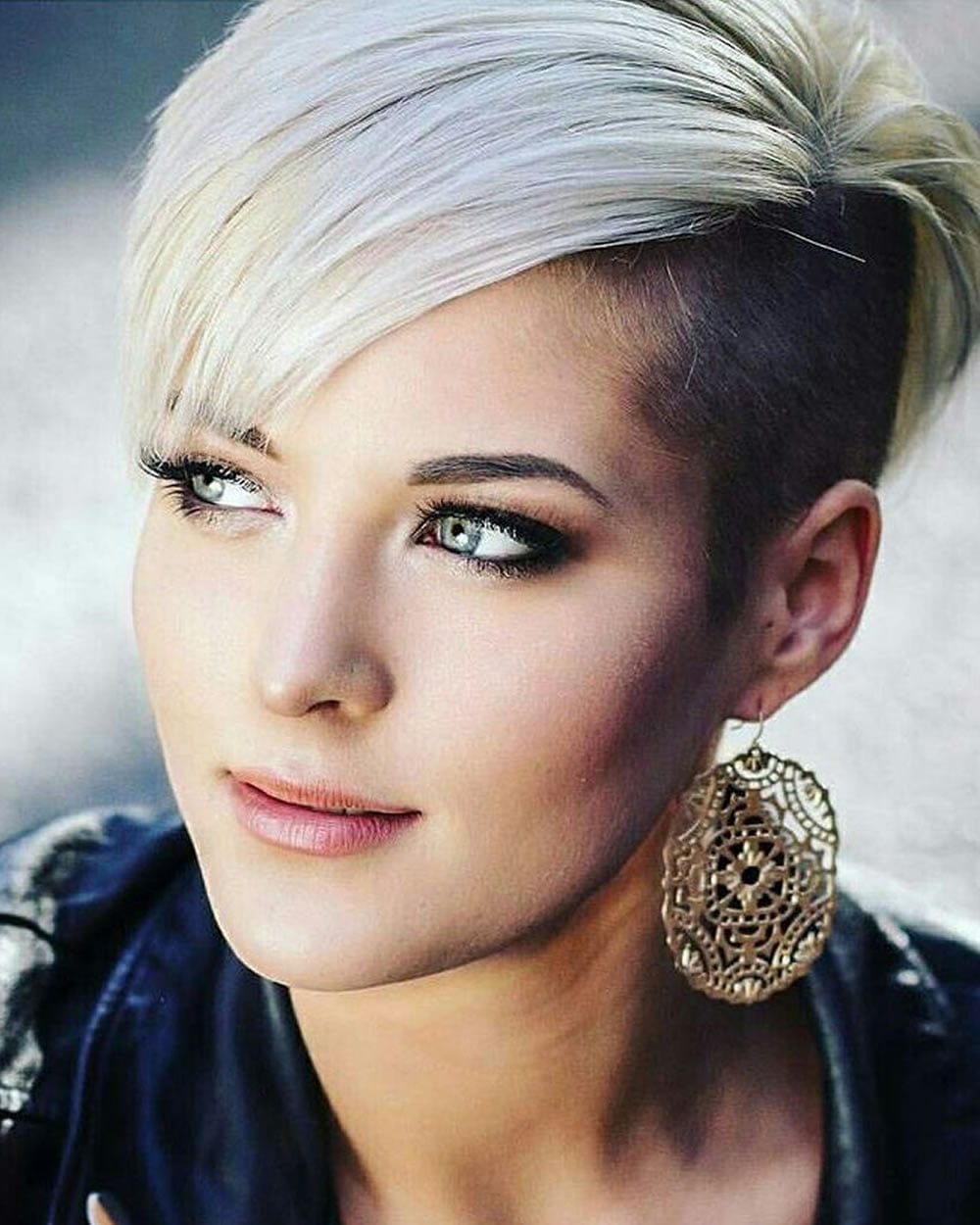
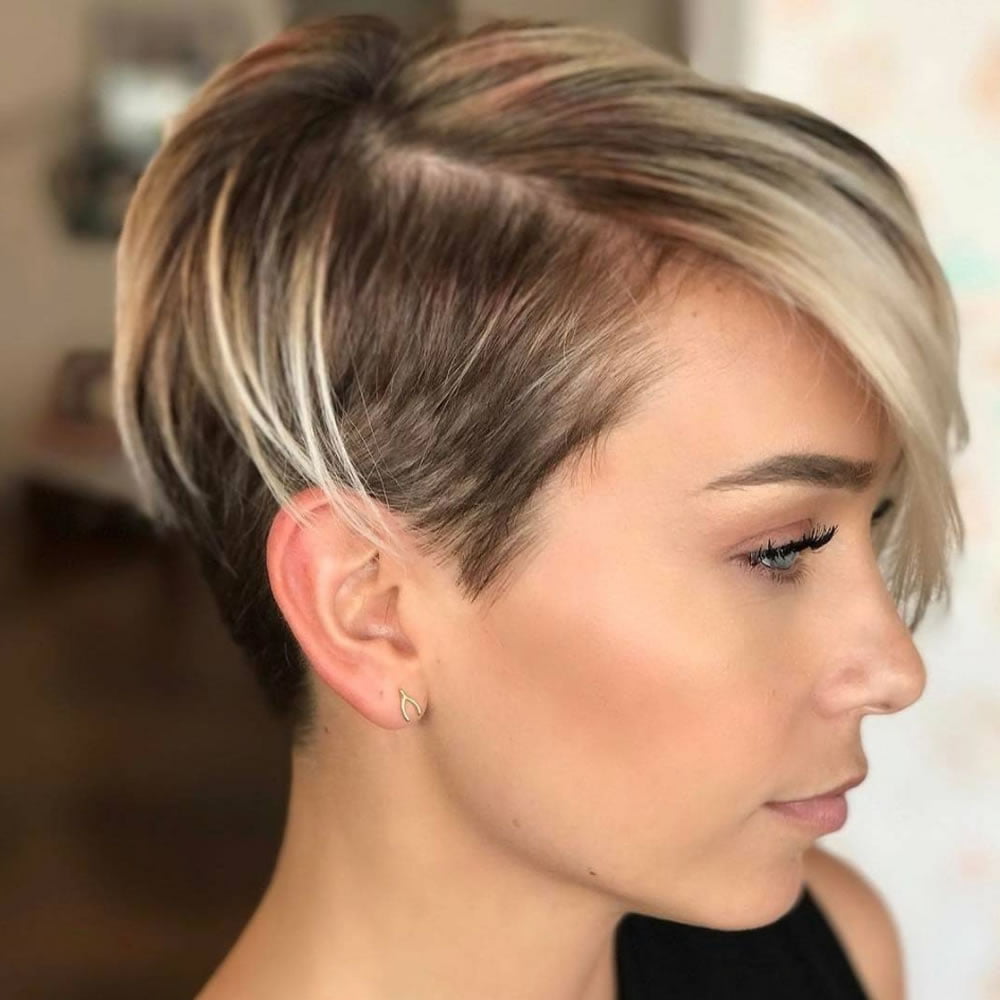

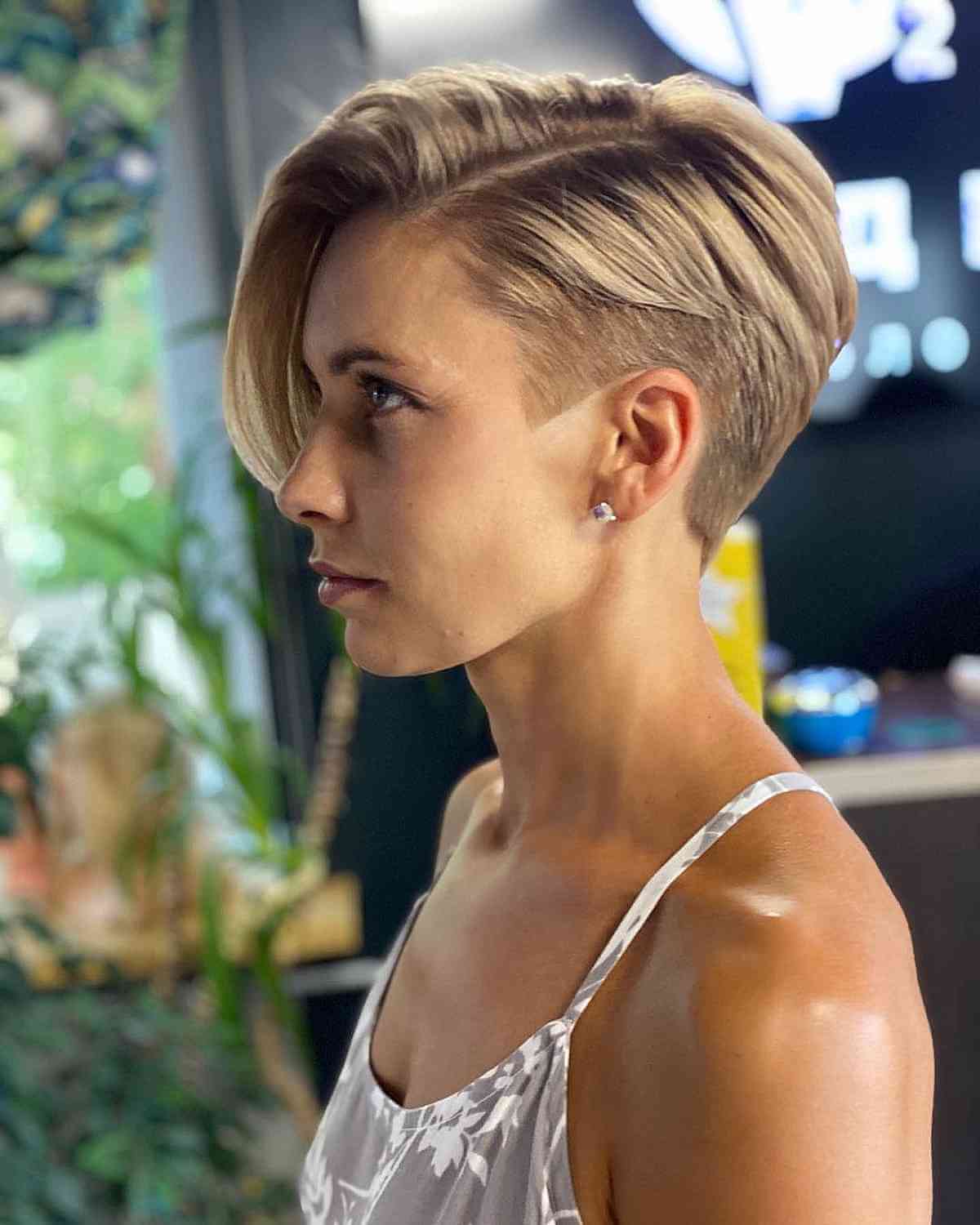

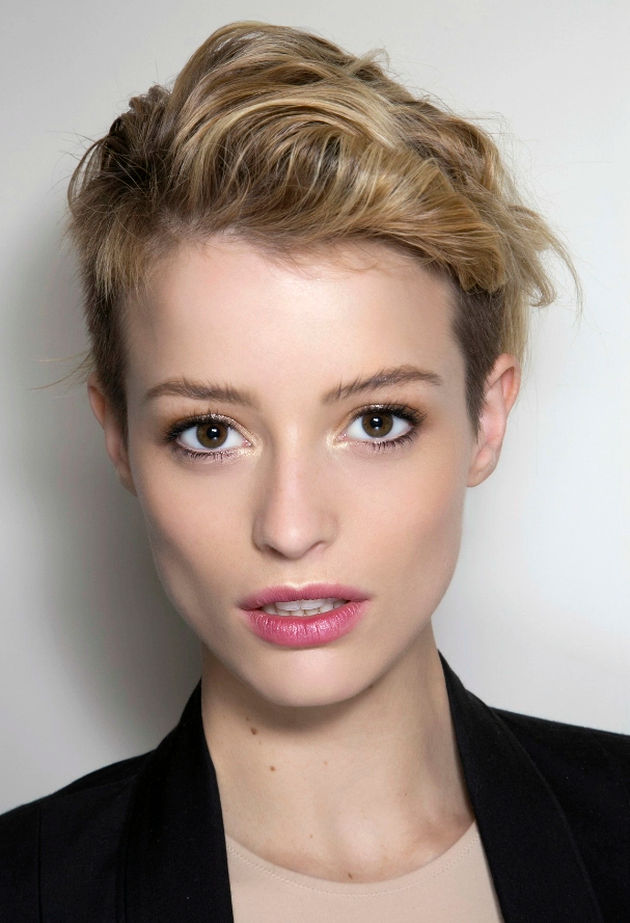
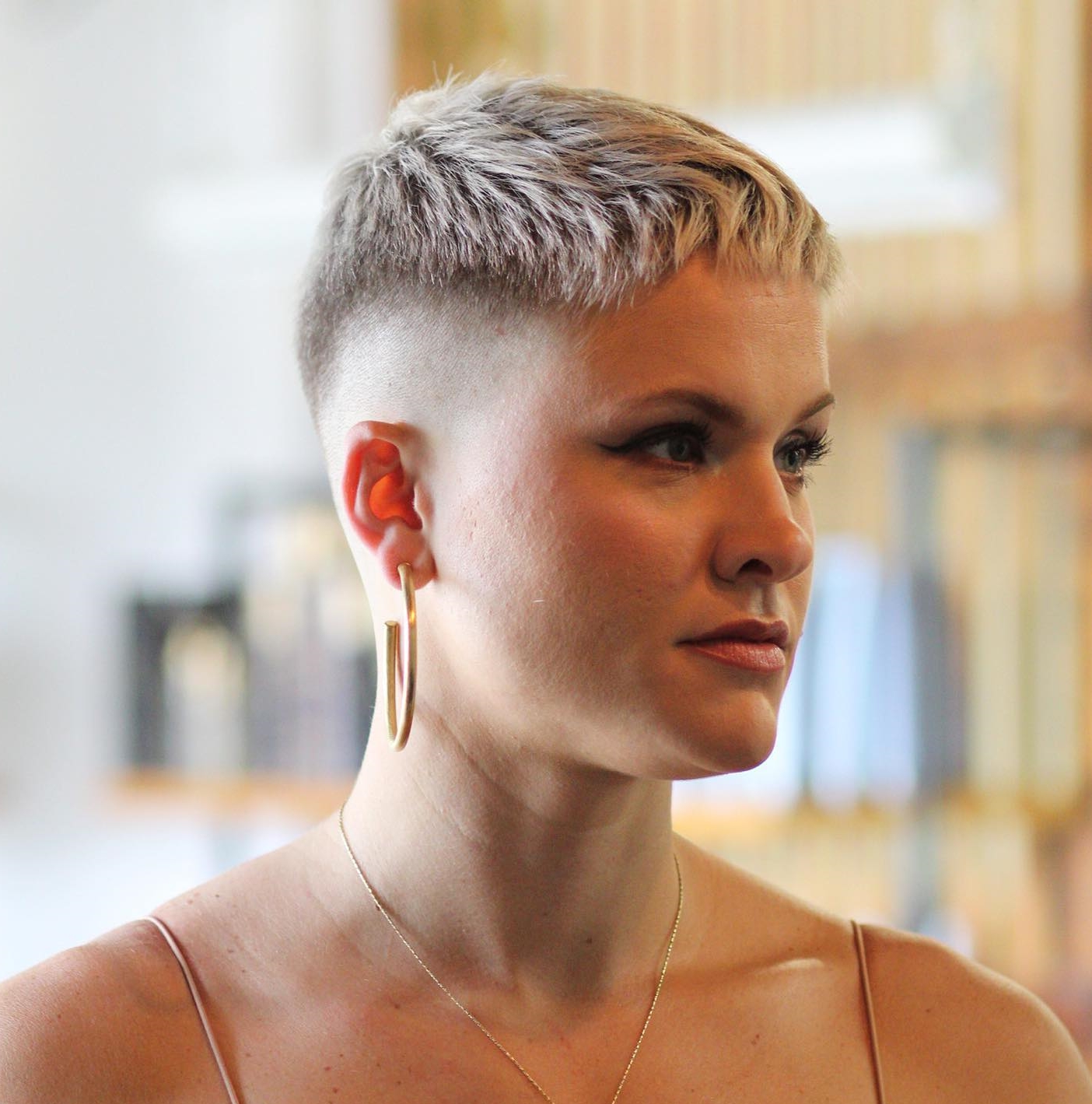
More suggestion: More Style Hair Design Elevating Personal Aesthetics And Expression